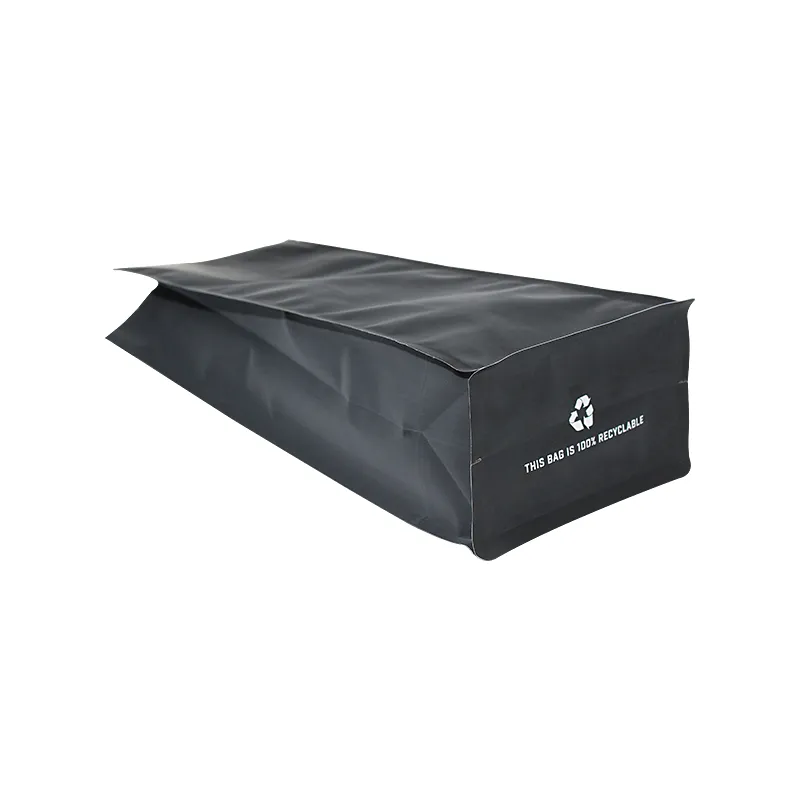- Afrikaans
- Albanian
- Amharic
- Arabic
- Armenian
- Azerbaijani
- Basque
- Belarusian
- Bengali
- Bosnian
- Bulgarian
- Catalan
- Cebuano
- chinese_simplified
- chinese_traditional
- Corsican
- Croatian
- Czech
- Danish
- Dutch
- English
- Esperanto
- Estonian
- Finnish
- French
- Frisian
- Galician
- Georgian
- German
- Greek
- Gujarati
- haitian_creole
- hausa
- hawaiian
- Hebrew
- Hindi
- Miao
- Hungarian
- Icelandic
- igbo
- Indonesian
- irish
- Italian
- Japanese
- Javanese
- Kannada
- kazakh
- Khmer
- Rwandese
- Korean
- Kurdish
- Kyrgyz
- Lao
- Latin
- Latvian
- Lithuanian
- Luxembourgish
- Macedonian
- Malgashi
- Malay
- Malayalam
- Maltese
- Maori
- Marathi
- Mongolian
- Myanmar
- Nepali
- Norwegian
- Norwegian
- Occitan
- Pashto
- Persian
- Polish
- Portuguese
- Punjabi
- Romanian
- Russian
- Samoan
- scottish-gaelic
- Serbian
- Sesotho
- Shona
- Sindhi
- Sinhala
- Slovak
- Slovenian
- Somali
- Spanish
- Sundanese
- Swahili
- Swedish
- Tagalog
- Tajik
- Tamil
- Tatar
- Telugu
- Thai
- Turkish
- Turkmen
- Ukrainian
- Urdu
- Uighur
- Uzbek
- Vietnamese
- Welsh
- Bantu
- Yiddish
- Yoruba
- Zulu
Calculating Linear Feet Made Easy with Our User-Friendly Tool
Understanding Linear Footage and Its Calculation
In the world of construction, design, and various DIY projects, understanding linear footage is essential. It is a measurement that pertains to the length of a material in one dimension, essentially giving you the ability to calculate how much material is needed for a particular project. Whether you’re installing flooring, creating a fence, or planning landscape borders, linear footage plays a crucial role in estimating the required quantities accurately.
What is Linear Footage?
Linear footage specifically refers to the measurement of length in feet, without accounting for width or height. This is vital when purchasing materials that are often sold by the linear foot. For instance, lumber, piping, and fabric are commonly sold this way. Understanding how to calculate linear footage can save you time, effort, and money during your projects.
How to Calculate Linear Feet
Calculating linear feet is straightforward. You need to know the length of each piece of material you want to measure, and all you do is add those lengths together. For example, if you’re installing baseboards and you have three pieces that are 8 feet, 10 feet, and 12 feet long, you simply add these lengths together
8 + 10 + 12 = 30 linear feet.
This total tells you how much material you need to purchase when visiting the store.
Importance of Accurate Measurement
Accurate measurement is crucial in any project. Overestimating can lead to excess material that may increase costs unnecessarily, while underestimating can halt progress and require unplanned trips to the store. Therefore, utilizing a linear foot calculator can greatly assist in ensuring precision. These calculators take your provided dimensions and automatically compute the totals, saving you time and reducing the risk of errors.
linear ft calculator

Practical Application Examples
1. Fencing Projects If you’re installing a fence around your yard, measuring the perimeter requires linear footage. Simply measure each side of your yard, add those lengths together, and you have the total linear feet of fencing required.
2. Flooring Installation When laying down hardwood or laminate flooring, you’d measure the length of each room's perimeter if you’re also planning to install baseboards. Calculating the linear footage of the baseboards would require you to sum up all the lengths of walls.
3. Gardening Borders For landscaping projects, you may want to create borders around flower beds or pathways. By measuring the lengths of your borders in linear feet, you can better estimate how much edging material or decorative stone you’ll need.
Tips for Using a Linear Foot Calculator
- Input Accuracy Always double-check your measurements before entering them into the calculator. Small errors can lead to substantial discrepancies in your total.
- Consider Waste It's wise to factor in a small percentage for waste, especially for materials like wood or tile that can break during installation. A common practice is to add 10% to your total.
- Different Units If you’re working with metric measurements, ensure your calculator can convert these into linear feet, or measure in feet for consistency.
Conclusion
In conclusion, a linear foot calculator is a valuable tool for anyone involved in building, renovations, or crafts. Understanding how to leverage linear footage not only enhances accuracy in project planning but also helps in budgeting and material procurement. No matter the scale of your project, mastering this simple measurement will undoubtedly streamline the process and contribute to a more organized approach. Always remember, the key to successful project execution lies in accurate planning and measurement.













